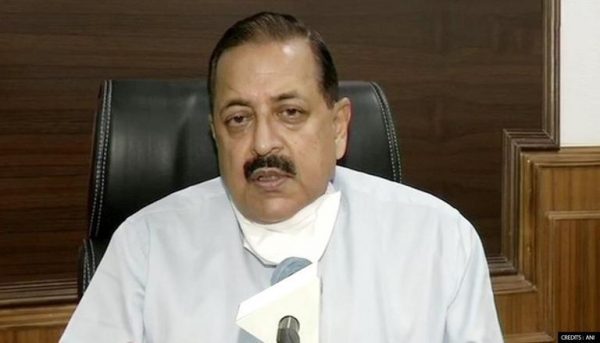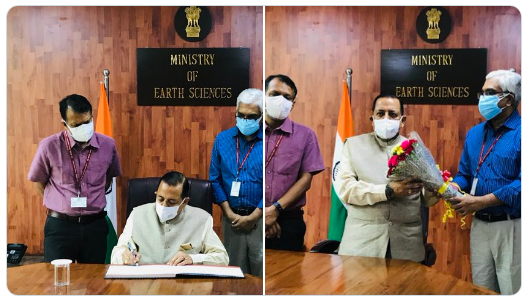During his address at the inaugural ceremony of the Joint Scientific Assembly of International Association of Geomagnetism and Aeronomy (IAGA) – International Association of Seismology and Physics of the Earth’s Interior (IASPEI), Minister of State (MoS) for Science and Technology, Jitendra Singh announced that since the Indian subcontinent is considered as one of the world’s most disaster-prone areas in terms of earthquakes, landslides, cyclones, floods, and tsunamis, the government plans to set 35 more earthquake observatories by the end of this year. Along with this, he also said that the country is aiming to add 100 more earthquake observatories by 2026. The Joint Assembly of IAGA and IASPEI is being hosted by the CSIR-NGRI with the support of the Ministry of Earth Sciences.

News agency PTI quoted Jitendra Singh as saying, “The government is planning to take all necessary steps to meet these challenges of natural disaster. In the wake of the same, India is going to have 35 more earthquake observatories by the end of this year and 100 more such observatories in the next five years.”
Jitendra Singh also claimed that after Independence, i.e. in the last six-and-a-half decades India had managed to set only 115 earthquake observatories. But under the leadership of Prime Minister Narendra Modi, there is going to be a tremendous leap in the number of earthquake observatories in the country.
The minister, in his address also talked about how geology as a recognized science has probably reached its zenith today with human society’s struggles with challenges at multiple levels of interactions with Mother Earth. He further hoped that the Joint Scientific Assembly of IAGA-IASPEI will act as a pathway in bringing on board a greater number of researchers and practitioners from a global community who can work on issues related to giving science to society.

Jitendra Singh impressed upon India’s commitment to supporting various projects of earth system science to quantify the seismic hazard for better land use and urban planning and creating disaster-resilient infrastructures for reducing risks.
Singh said that the linkage between the deep earth structure and geomagnetism, and the role of fluids in earthquake nucleation are a few examples to emphasize the significance of the Joint Scientific Assembly of these two Associations to promote cross-disciplinary research.
About Jitendra Singh
Under Modi 2.0, we witnessed the first cabinet reshuffle in July 2021. In the reshuffle, Dr. Jitendra Singh was trusted with the role of Ministry of Science and Technology and the Ministry of Earth Sciences with an independent. While taking charge of the office, Singh shared the both he and PM Narendra Modi have similar goals.
Talking about the same, Singh said, “We will work towards using science for promoting ease of living. We will also try to fulfill the vision of Prime Minister Narendra Modi Ji of bringing a Blue economy.”


